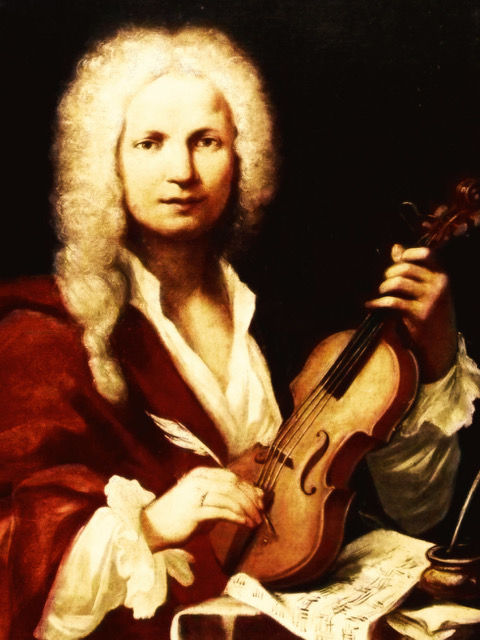Concert Series Composers & Music
Johann Sebastian Bach
Bach Brandenburg Concerto No. 3 in G major,
BWV 1048
The Brandenburg Concerto No. 3 in G major, BWV 1048, is one of Johann Sebastian Bach’s most famous and beloved compositions.
It is part of a set of six concertos known as the Brandenburg Concertos, which Bach dedicated to Christian Ludwig, the Margrave of Brandenburg-Schwedt, in 1721. The concerto is written for three violins, three violas, three cellos, and basso continuo.
The Concerto No. 3 is structured in three movements:
I. Allegro
II. Adagio
III. Allegro
The concerto is notable for its use of multiple instruments, creating a rich texture and vibrant interplay between the instrumental groups.
Bach showcases his melodic invention and contrapuntal skills through the interweaving melodies and rhythms. Unlike many concertos of the time that featured a soloist accompanied by an orchestra, the Brandenburg Concerto No. 3 stands out for its lack of a specific soloist. Instead, it highlights the collective virtuosity of the instrumental ensemble.
The Brandenburg Concerto No. 3, with its brilliance, inventiveness, and spirited interplay between instruments, remains a cornerstone of classical music repertoire, showcasing Bach’s mastery of composition and orchestration.
The Concerto No. 3, along with the other Brandenburg Concertos, wasn’t widely performed during Bach’s lifetime. However, these concertos gained recognition in the 19th century and are now celebrated as some of the most significant orchestral compositions of the Baroque era.
Bach Brandenburg Concerto No. 5 in D major,
BWV 1050
The Brandenburg Concerto No. 5 in D major, BWV 1050, is one of Bach’s celebrated compositions. It is part of a collection of six concertos known as the Brandenburg Concertos, which Bach dedicated to Christian Ludwig, the Margrave of Brandenburg-Schwedt, in 1721. The concerto is scored for solo violin, solo flute, solo harpsichord, and strings with continuo.
The Brandenburg Concerto No. 5 is structured in three movements:
I. Allegro
II. Affettuoso
III. Allegro
The inclusion of the harpsichord as a solo instrument was pioneering for its time. The harpsichord has a prominent and demanding role, engaging in virtuosic passages alongside the violin and flute. One of the most remarkable features of this concerto is the extended and elaborate harpsichord cadenzas in the first and last movements. These sections give the harpsichordist opportunities for improvisation and demonstrate the instrument’s capabilities. Bach’s Brandenburg Concerto No. 5 in D major, stands out for its innovative instrumentation, virtuosity, and the unique role given to the harpsichord.
The Concerto No. 5, along with the other Brandenburg Concertos, wasn’t widely performed during Bach’s lifetime. However, these concertos gained recognition in the 19th century and are now celebrated as some of the most significant orchestral compositions of the Baroque era.
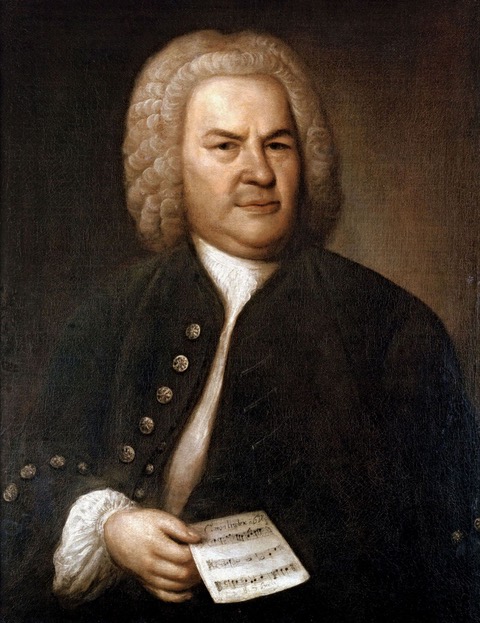
Ludwig van Beethoven
Beethoven Sonata for Fortepiano no 12 in A flat major, Op. 26
The Sonata for Piano No. 12 in A-flat major, Op. 26, by Ludwig van Beethoven is one of his earlier fortepiano sonatas, composed between 1800 and 1801. This sonata is notable for its departure from the traditional sonata form and its innovative structure, demonstrating Beethoven’s experimentation with the classical form while pushing its boundaries.
This sonata consists of four movements:
I. Andante con Variazioni
II. Scherzo: Allegro molto
III. Maestoso andante, marcia funebre sulla morte d’un eroe
IV. Allegro
This sonata demands both technical prowess and interpretative skill from the performer. The deviation from the standard sonata form is evident in the replacement of the typical first movement Allegro with an Andante con Variazioni. Beethoven’s choice of a theme with variations instead of a fast-paced opening movement was quite unconventional at the time.
The third movement, labeled as a funeral march (“Majestic andante, funeral march on the death of a hero”), is one of the most famous and poignant sections of the sonata. It is a solemn and emotionally charged piece that showcases Beethoven’s ability to evoke deep and powerful emotions through music.
Beethoven’s Sonata No. 12 in A-flat major is admired for its compositional innovation, expressive depth, and the experimental nature of its structure. It represents a significant step in Beethoven’s development as a composer, foreshadowing the groundbreaking works that would follow. Its emotional depth, innovative structure, and expressive qualities continue to captivate audiences and pianists alike.
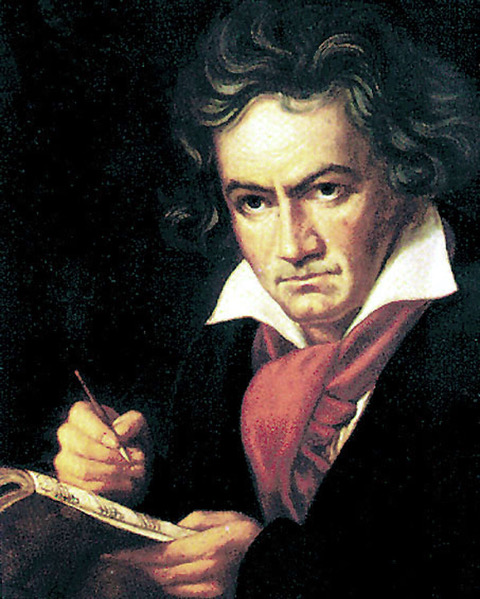
Wolfgang Amadeus Mozart
Mozart Violin Sonata in B flat K.454
The Mozart Violin Sonata in B-flat major, K. 454, is one of Wolfgang Amadeus Mozart’s acclaimed works for violin and fortepiano. It was composed in 1784 during Mozart’s time in Vienna and is part of a series of violin sonatas he wrote during that period.
This sonata consists of three movements:
I. Largo – Allegro
II. Andante
III. Allegretto
Mozart masterfully explores a range of moods within the sonata. The first movement begins with a lyrical Largo introduction leading into a lively Allegro. The second movement, Andante, is a serene and expressive section, while the third movement, Allegretto, is characterized by its playful and spirited nature.
Mozart’s violin sonatas exemplify a close partnership between the violin and fortepiano. In K. 454, both instruments share melodic material and engage in dialogue, creating a balanced and cohesive musical conversation. The sonata requires technical proficiency and interpretative finesse from both the violinist and the fortepianist. It challenges the performers with its intricate passages, expressive nuances, and demands for musical sensitivity. The sonata showcases Mozart’s signature elegance and melodic beauty. Mozart’s Violin Sonata in B-flat major, K. 454, remains a cherished work in the violin and piano repertoire. Its combination of lyrical beauty, expressive depth, and musical sophistication continues to captivate audiences and is appreciated for its technical demands and artistic qualities.
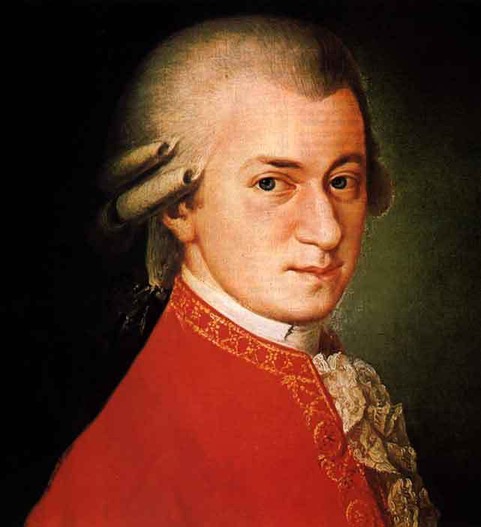
Franz Schubert
Schubert Sonatina No 1 in D major Op 137
Franz Schubert composed a set of three violin sonatinas, known as Sonatinas Op. 137, towards the end of his life in 1816. The Sonatina No. 1 in D major, Op. 137, is a charming and melodious piece that showcases Schubert’s gift for creating lyrical and expressive music.
The Sonatina No. 1 in D major is in three movements:
I. Allegro molto
II. Andante
III. Allegro vivace
Schubert was known for his extraordinary gift of melody, and this sonatina is no exception. The piece features graceful and singing melodies that flow seamlessly throughout the movements, showcasing Schubert’s ability to create captivating and emotive musical phrases.
Sonatina No. 1 exudes a sense of joy and warmth, typical of Schubert’s style, and contains beautiful melodies that are both memorable and expressive.
While this sonatina was composed towards the end of Schubert’s life and is smaller in scale compared to some of his larger works, it is valued for its elegance, melodic richness, and place within Schubert’s chamber music repertoire.
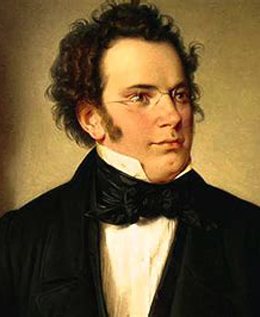
Antonio Vivaldi
Concerto for Two Cellos in G minor, RV 531
The Concerto for Two Cellos in G minor, RV 531, is one of Antonio Vivaldi’s renowned works. This concerto is scored for two cellos, strings, and continuo. As with many Baroque concertos, RV 531 demonstrates the concerto grosso style, where the soloists (in this case, the two cellos) play in contrast to the accompanying ensemble, emphasizing the interplay between solo and tutti (full ensemble) sections.
This Concerto is scored in three movements:
I. Allegro
II. Largo
III. Allegro
The concerto is a prime example of Vivaldi’s expertise in creating dialogue and interaction between the two cello soloists.The first movement begins not with the usual instrumental ritornello, but with the two soloists alone, imitating each other in fast succession, with virtuoso passages. The movements often feature a lively exchange of musical ideas, with the cellos engaging in imitation, counterpoint, and complementing each other’s phrases. The contrasting movements, such as the energetic outer movements (Allegros) and the lyrical, expressive middle movement (Largo), showcase Vivaldi’s ability to evoke a wide range of emotions within a concerto structure.
Vivaldi’s Concerto for Two Cellos in G minor, RV 531, stands as a testament to his ingenuity as a composer, displaying his ability to create engaging and expressive music that continues to captivate audiences and inspire cellists and musicians to this day. This concerto, in particular, remains a staple in the repertoire for cellists and continues to be appreciated for its expressive qualities and virtuosic challenges.
Vivaldi Concerto No. 10 in B minor for four violins, RV 580
Vivaldi’s Concerto No. 10 in B minor for four violins, RV 580, is part of his famous collection of violin concertos known as “L’estro Armonico” (Harmonic Inspiration). This set of concertos was published in 1711 and played a significant role in the development of the concerto form during the Baroque period. This concerto is written for four solo violins, strings, and continuo.
The Concerto No. 10 follows the traditional three-movement structure:
I. Allegro
II. Largo – Larghetto Adagio
III. Allegro
Concerto No. 10 showcases Vivaldi’s mastery in crafting virtuosic passages and exploiting the capabilities of the solo violinists. It adheres to the concerto grosso style, where the soloists (in this case, four violins) alternate with the accompanying ensemble, displaying contrasting musical material. The outer movements (Allegros) are characterized by their brisk tempos, rhythmic drive, and energetic melodies, while the central slow movement (Largo – Larghetto Adagio) offers a more lyrical and expressive contrast. Vivaldi was known for his harmonic inventiveness and melodic flair. Concerto No. 10, RV 580, like many of Vivaldi’s works, has maintained its popularity among audiences, performers, and composers throughout the centuries. Its combination of technical brilliance, expressive depth, and innovative musical ideas continues to captivate listeners and remains a staple in the repertoire of Baroque music.
Vivaldi Sinfonia No. 2 in G Major, RV 146
Antonio Vivaldi (1678–1741) was an Italian Baroque composer, virtuoso violinist, teacher, and priest. He is widely recognized as one of the greatest composers of the Baroque era, known primarily for his instrumental compositions, especially his concertos, as well as his contributions to opera and sacred music.
Vivaldi’s Sinfonia No. 2 in G major, RV 146, is part of a collection of instrumental works composed by Antonio Vivaldi, who is known for his numerous concertos, operas, and instrumental compositions. This sinfonia is a short orchestral piece written in the Baroque style. It’s scored for a string ensemble with continuo (basso continuo), typically consisting of harpsichord or organ and cello or double bass. It doesn’t have a standardized structure but usually contains multiple contrasting sections or movements.
Vivaldi’s sinfonia in G major is structured in three movements:
I. Allegro molto
II. Andante
III. Allegro
The Allegro movements are characterized by their lively and spirited tempos, featuring vibrant melodies and rhythmic energy typical of Vivaldi’s style. The Andante movement often provides a contrast with a more lyrical and expressive character, displaying a different emotional landscape within the piece. Vivaldi’s sinfonia in G major highlights the interplay and dialogue between the string instruments, allowing for an engaging texture where different sections of the string ensemble exchange melodic ideas and motifs.
Sinfonias during the Baroque era were transitional pieces, often used as introductions to larger vocal or instrumental works like operas or oratorios. They were also performed independently as standalone orchestral compositions. Vivaldi’s Sinfonia No. 2 in G major, RV 146, is a charming and characteristic example of Baroque instrumental music. Although relatively brief, it exemplifies Vivaldi’s adeptness in crafting lively and expressive compositions within the orchestral genre.
Vivaldi Violin Concerto, “La Tempesta di Mare”
in E flat major, RV253
“La Tempesta di Mare” (The Storm at Sea), Violin Concerto in E-flat major, RV 253, is one of Antonio Vivaldi’s most famous and evocative concertos. “La Tempesta di Mare” is known for vividly depicting the imagery and sensations of a storm at sea. Vivaldi masterfully translates these elements into music, using evocative musical devices to represent the storm, the fury of the sea, and the subsequent calm. The concerto presents significant technical challenges for the violinist, requiring agility, precision, and control to execute the rapid passages and virtuosic elements that depict the storm.
The concerto is structured in three movements:
I. Presto (The Storm)
II. Largo
III. Presto (The Calm)
In the first and third movements (both marked Presto), Vivaldi employs rapid scales, arpeggios, and driving rhythms to evoke the turbulence and intensity of the sea. Contrastingly, the second movement (Largo) provides a serene and introspective moment with its lyrical and expressive melody. Vivaldi’s ability to paint a vivid sonic picture of the tempestuous sea through musical means has made “La Tempesta di Mare” a celebrated and enduring piece in the violin repertoire. This concerto is a testament to Vivaldi’s creativity and his pioneering approach to music, illustrating his capacity to depict natural phenomena and emotions through instrumental music.
Vivaldi Cantata “Ostro picta, armata spina”, RV 642
The cantata “Ostro picta, armata spina,” RV 642, is one of Antonio Vivaldi’s vocal compositions. It’s a chamber cantata written for soprano voice, strings, and continuo, displaying Vivaldi’s prowess in vocal music. Vivaldi composed this cantata in the early 18th century during his tenure at the Ospedale della Pietà in Venice, where he worked as a music teacher and composer.
The piece is structured in several movements that typically follow a continuous form without distinct breaks. The text of the cantata revolves around pastoral or allegorical themes, common in Baroque vocal music. “Ostro picta, armata spina” translates to “The rose adorned with thorns.” The poetry explores various emotions, often expressing love, longing, or the complexities of human experiences. “Ostro picta, armata spina,” RV 642, is an example of Vivaldi’s skill in crafting expressive vocal music. The cantata demonstrates his ability to intertwine expressive vocal lines with instrumental accompaniment. RV 642 features arias, recitatives, and instrumental interludes that provide emotional depth and variety. The interplay between the soprano voice and the instrumental ensemble is a hallmark of Vivaldi’s cantatas.
Vivaldi Gloria in D major, RV 589 for chorus and orchestra
The Vivaldi Gloria in D major, RV 589, is one of Antonio Vivaldi’s most famous choral compositions. It is a sacred choral work, known for its brilliance, vitality, and expressive qualities. Composed around 1715, it forms part of Vivaldi’s extensive catalog of religious music. The work is scored for a choir, soloists (soprano and contralto), and an orchestra consisting of strings, continuo (harpsichord and/or organ), and occasionally oboes and trumpets.
The Gloria is divided into twelve movements, each with its distinct character, tempo, and mood:
I. Gloria in excelsis Deo (Chorus)
II. Et in terra pax (Chorus)
III. Laudamus te (Soprano solo)
IV. Gratias agimus tibi (Chorus)
V. Propter magnam gloriam (Chorus)
VI. Domine Deus (Soprano and Contralto duet)
VII. Domine Fili unigenite (Chorus)
VIII. Domine Deus, Agnus Dei (Contralto solo)
IX. Qui tollis peccata mundi (Chorus)
X. Qui sedes ad dexteram Patris (Contralto solo)
XI. Quoniam tu solus sanctus (Chorus)
XII. Cum Sancto Spiritu (Chorus)
The Gloria is characterized by its exuberance, energy, and vivid musical imagery. It alternates between joyful and solemn passages, showcasing a wide range of emotions and dynamics, from jubilant choruses to tender solo arias. Vivaldi’s composition employs diverse vocal textures, including powerful choral sections, expressive solo arias, and duets that provide contrast and highlight the different vocal capabilities.
The Gloria in D major, RV 589, is among Vivaldi’s most performed and beloved choral works. Its vibrant melodies, rich harmonies, and expressive depth have made it a favorite among choirs and audiences worldwide.
